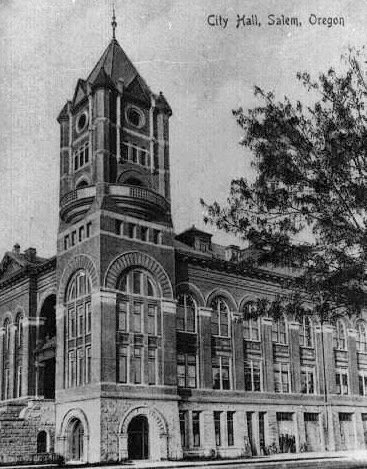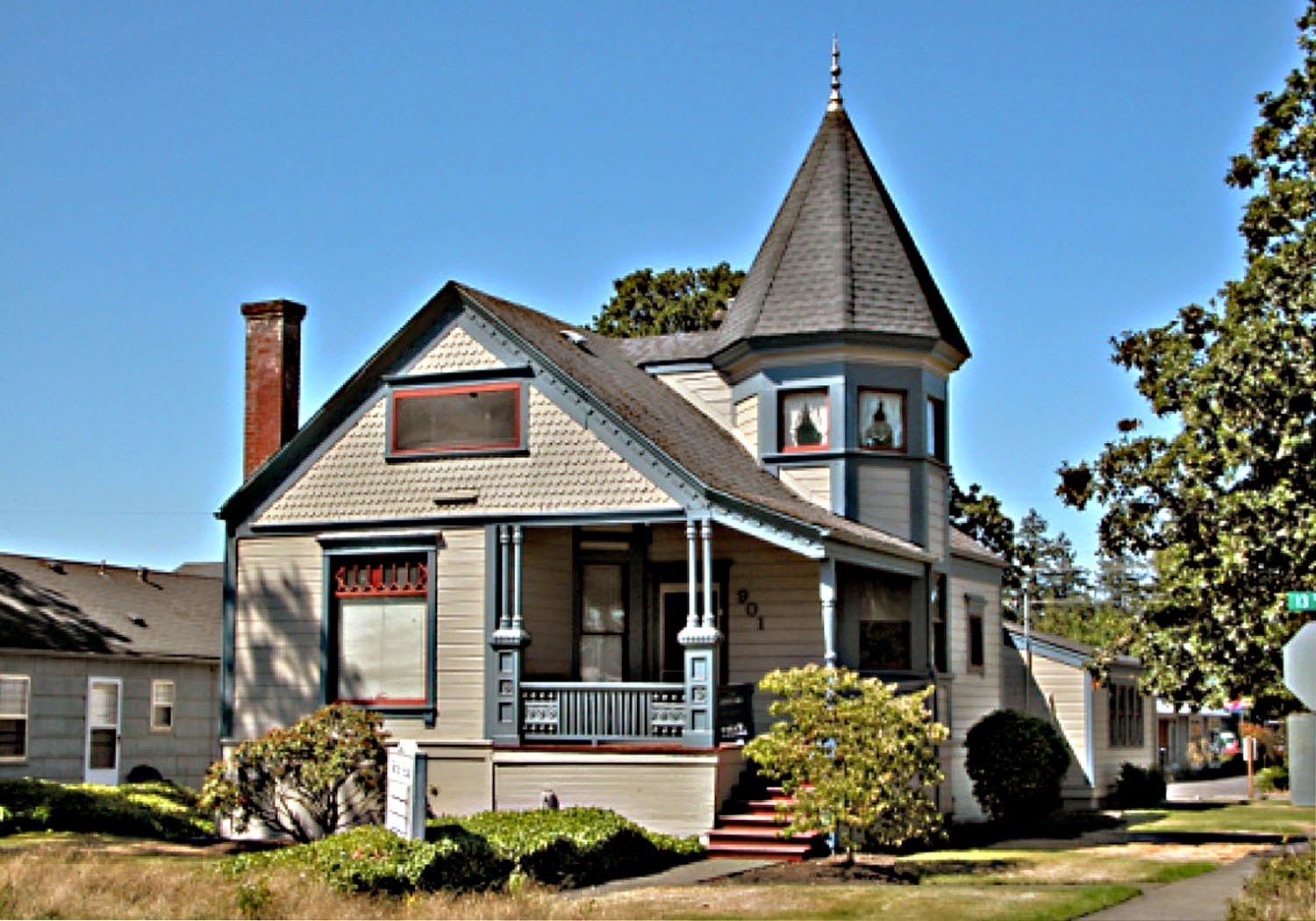World Events
- Between 1894 and 1896, the Hamidian Massacres of Christian Armenians resulted in hundreds of thousands of deaths as the Sultan Abdul Hamid II reasserted Islam as the state ideology. Targeting all ages, the murders were especially brutal. The telegraph spread news of these crimes around the world and the massacres were condemned in Western Europe and America.
- The Kiel Canal, connecting the North Sea to the Baltic across the base of the Jutland peninsula in Germany, is completed.
- Wilhelm Roentgen discovers a type of radiation that will be known as X-rays. Sigmund Freud publishes his theories on mental illness.
- The National Trust for Places of Historic Interest or Natural Beauty s registered in England. This is the fore-runner of our National Register and regional projects to preserve historical properties.
- The Chicago Times-Herald sponsors the first American auto race and Rudolf Diesel patents his engine in Germany. Mintonette (volleyball) is created in Holyoke, Massachusetts.
- Gillette invents the safety razor.
- The author of “Casey at the Bat” is identified when Ernest Thayer recites it at a Harvard reunion. This baseball poem has become one of the best-known in American literature.
In Salem
The new City Hall, splendid in High Victorian Gothic architecture, is completed after two years of complications: both a national economic recession and local problems with construction contracts and bond funding. The structure would serve to house all the City offices, including the police department (with jail in the basement), until 1972 when the current Civic Center was built on Liberty Street. More photographs and facts are found in the Salemhistory website.
When you visit
The site of the former City Hall is now a quarter-block parking lot on the southwest corner of Chemeketa and High Streets. An interpretive plaque commemorates this historic location. Standing here, looking west toward Liberty Street, you see the rear of the 1947 First National Bank (later the Wells Fargo Bank) designed by Pietro Belluschi. The parking lot and that former bank building constitute a half block area that is proposed for a future mixed-use development. Since the structure is a contributing property in the Salem Downtown Historic District, permission for demolition was requested and obtained from the city’s Historic Landmarks Commission. No date for the project has been set.
Other Events
- As the century of beautifully crafted Victorian homes ended, a few more were being built in Salem. Driving north along 13th. Street, a former residence at 901 (above) is an outstanding example of the houses being built in Salem for the prominent citizens of that time. This Victorian Queen Anne residence was designed by architect Charles Henry Burggraf as his own home. It was later the residence of Judge Daniel Webster, Justice of the Peace in Salem 1905-1918. The third owner was Julia Webster, the Judge’s daughter. It was also the home of Thomas P. Burt, a railroad engineer. This National Register property is an example of a historic home being converted into an office without altering its integrity.
- Two other Victorian, Queen Anne style houses built this year, both homes of teachers, have been preserved. The Barquist House was originally on Mission Street where, from 1927 to 1967, it was the home of Carmelita Barquist, a popular high school biology teacher. In 1989 it was moved to Court Street. (See it in the SHINE Court-Chemeketa Walking Tour.) The Hurd House is still in its original location on Marion Street. Originally a rental property, it was purchased by the Hurd family in 1921. Confred Hurd was a teacher at Washington School. These houses are still private residences.
- More typical of the Colonial Revival or Craftsman style homes to be built at the turn of the century are two Court-Chemeketa Historic District homes. The John and Kate Griffith house is on Court Street, across from a residence owned by their son Lewis and daughter-in-law, Ila Spaulding Griffith. Her sister and brother also owned homes in this neighborhood (See Spaulding 1909). A grandson, Dr. John Griffith, has lived in his parents home all of his life. A beautiful Japanese maple, designated a Heritage tree in 1982, stands in front of the John Griffith house. The Weller-Schramm House on 17th Street was built in this year on the site of the Supreme Court Building on Waverly Place. It was moved in 1916 for the new owners, the Weller family. In 1944, Pietro Belluschi remodeled the house for Alfred and Lucille Schramm. These are also seen on the SHINE Court-Chemeketa Walking Tour.
From the Capitol Journal:




2 Comments